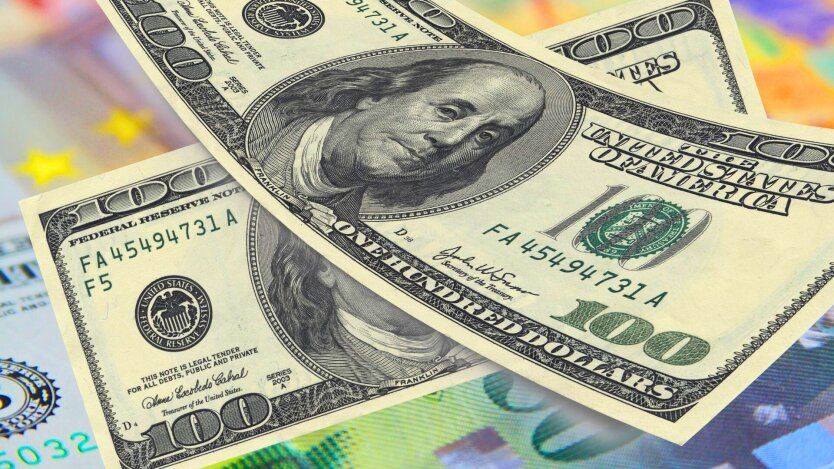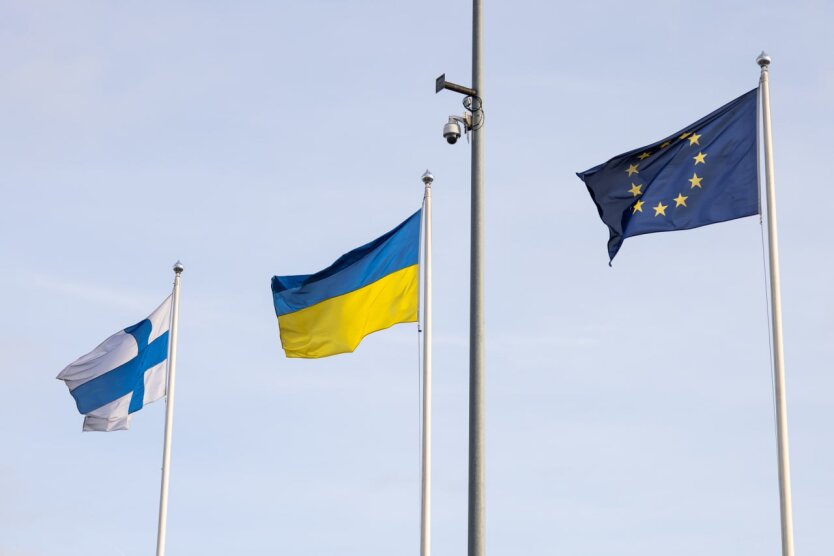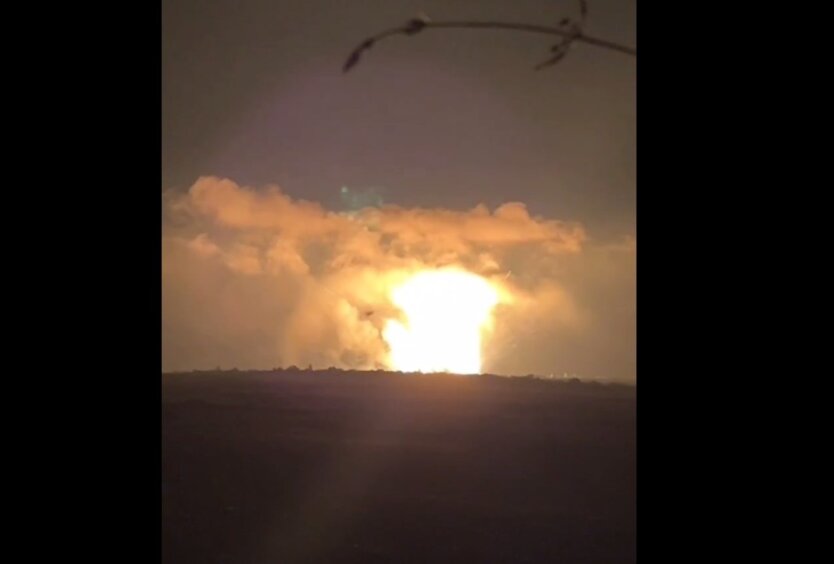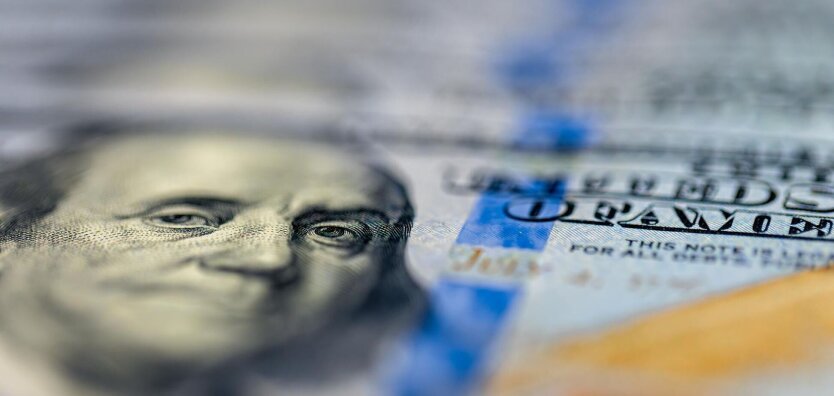Dollars are not exchanged: strict prohibitions on the purchase and sale of currency are in place.


The US dollar continues to be the primary currency for international payments and trade, but during travels around the world, people may face certain problems when exchanging dollar bills.
Requirements for banknote condition
Many countries have strict requirements for the physical condition of dollar bills. Even minor damage can lead to refusal to exchange. This is especially true for developing countries, where the norms are stricter than in the USA.
Banknotes with minor defects, which are considered fully valid in the USA, may be rejected by exchange offices abroad.
Geographical differences
Different countries around the world have their own requirements for American currency. For example, in Thailand, only banknotes from the new series issued after 2006 are accepted, and only in perfect condition. In Cambodia, dollars are used for large transactions, while local money is used for everyday expenses.
Exchange policy
In many countries, there are different exchange rates depending on the denomination of the banknote. Usually, the most favorable rate is offered for one hundred dollar bills, as they are more convenient for processing and storing large sums of money.
Currency control
In some countries, there are restrictions on transactions with dollars. For example, in Mexico, there are monthly limits on dollar deposits.
Special cases
In countries with closed currencies, such as Iran, North Korea, and Myanmar, there is strict state regulation of currency exchange, requiring tourists to plan their finances in advance.
Practical tips
To successfully exchange currency, it is recommended to have new banknotes in perfect condition with you. It is also worth remembering that the exchange rate may vary in different places, and at airports or tourist areas it may be less favorable.
The safest way to exchange one hundred dollar bills is through official banks, where their authenticity is verified. The central bank reports that counterfeit banknotes make up less than 1% of the total number.
All one hundred dollar bills issued since 1914 are fully valid payment instruments. Banks may refuse to accept them only in cases of significant wear or counterfeit banknotes.
According to forecasts, the exchange rate of the dollar to the hryvnia may rise to 47 hryvnias per dollar by 2025. Throughout the year, the average rate should not exceed 44 hryvnias per dollar.
Read also
- Finland Launches Large-Scale Trade Project with Ukraine
- Ukrainian Armed Forces hit a huge ammunition depot of the occupiers in Khartsyzk, it detonates: video
- Post-war Reconstruction: What the Government of Ukraine and the World Bank Are Planning
- Ukrainians are being sold counterfeit dollars and euros: which denominations are most often counterfeited
- Republican Congress members demanded Trump explain the suspension of arms supplies to Ukraine
- Mass Arrests of Ukrainians in Poland: What Happened










